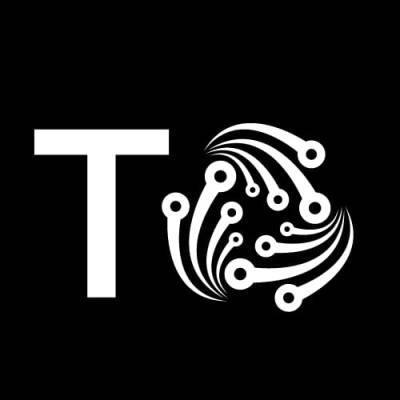Don't wanna be here? Send us removal request.
Text
Smart Cities - Innovations in Urban Planning and Infrastructure
A Smart City uses various electronic methods and sensors to collect and analyze data that helps cities manage assets, resources and services efficiently. A city’s smart technology, which is usually cloud-based, can monitor and integrate a variety of things in real time such as road conditions, public transportation networks, utility systems and energy infrastructure. The collected data also provides insights into urban trends, which allows for more effective service delivery and improvement.

Smart city initiatives are transforming the way cities operate, improve residents’ quality of life, and promote economic growth by enabling a better use of existing assets, reducing operational costs, and making cities more sustainable. However, it’s important to remember that a smart city initiative isn’t just about technology — it requires a comprehensive customized approach that takes into account a city’s culture, long-term planning and local regulations.
The most common tech ogle applications for Smart City technology include reducing carbon footprints, improving energy efficiency and utilities, safety and security, transportation systems and waste management. Many big-name developers, such as IBM, Cisco and Microsoft, have launched global smart city initiatives. Innovative startup companies and sensor developers are also creating new technology for a range of Smart City applications.
Some of the most prominent Smart City technologies revolve around the Internet of Things, or IoT, which involves a network of connected devices that can communicate with each other over the Internet. This can include a device, such as a home alarm system, that can alert its owner when an intruder is detected, or a streetlight that is networked and automatically dims when there are no cars on the road.
IoT can also help with traffic and parking management, where sensors track vehicle movements to optimize travel routes and relieve congestion during peak hours. In addition, IoT can provide real-time data on utility billing and aging infrastructure.
A significant challenge for Smart Cities is ensuring that tech-driven development doesn’t compromise community values and privacy. This is why it’s so important that a city chooses the right technology for its citizens. For example, a security system with a lag time of even 100 milliseconds could be disastrous in an emergency situation where a resident’s life is at stake.
Another concern technology website is how the integration of IoT into daily operations will be received by residents. While the majority of cities surveyed by MGI report high levels of adoption and satisfaction, this may vary widely by region. For instance, Asian cities tend to perform well in terms of resident awareness and acceptance of the technologies at play, while European cities lag behind. The key is to identify and implement a platform that can automate communication of important data to residents. This will help to minimize lag times, and ensure that residents are aware of potential problems as soon as possible. This can be done through a web portal integrated into the central platform or a mobile app that makes it easy to submit grievances and offer feedback on a city’s performance.
1 note
·
View note